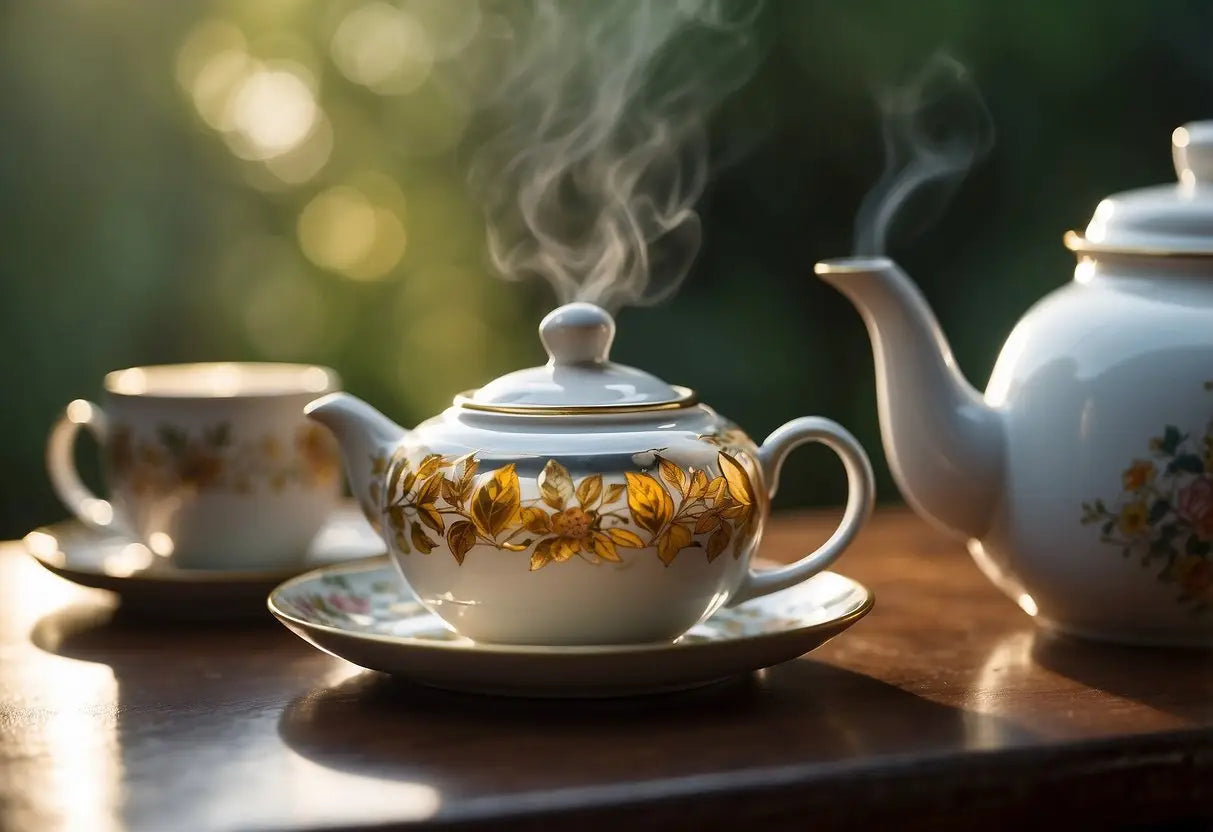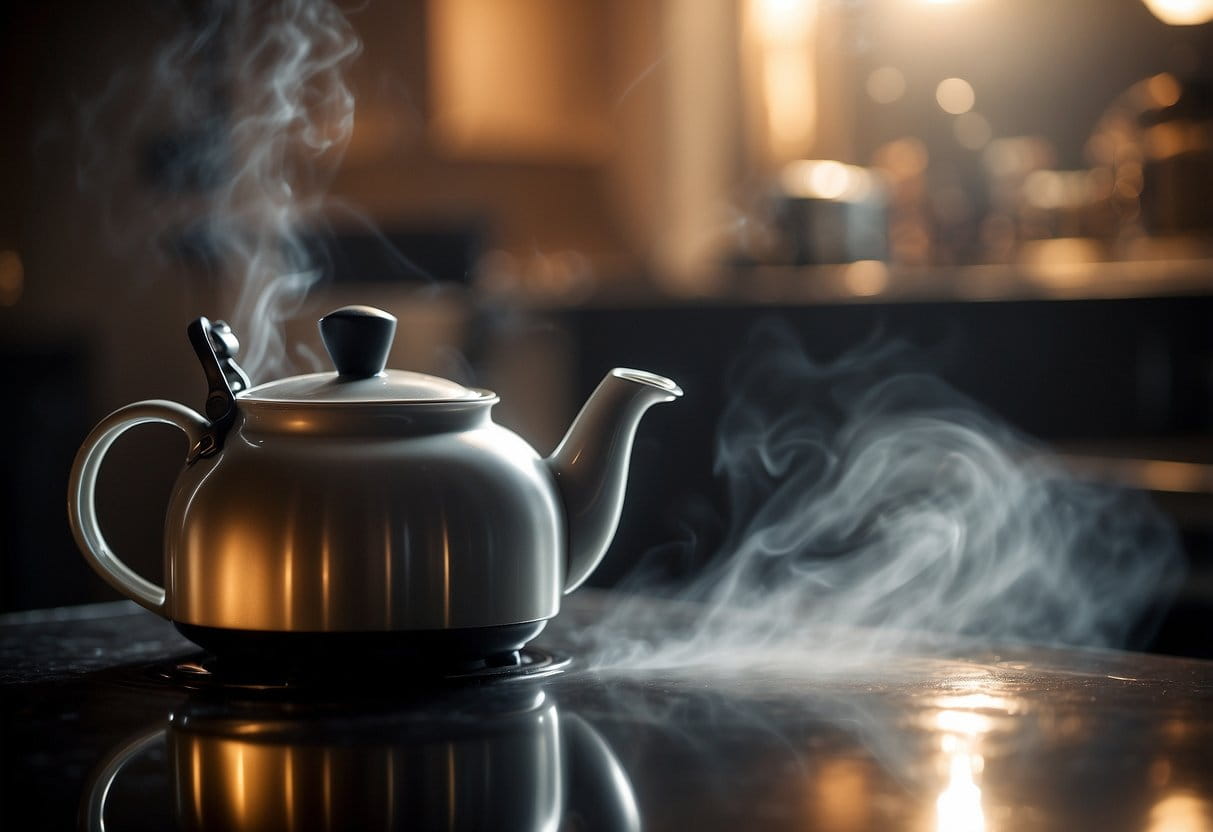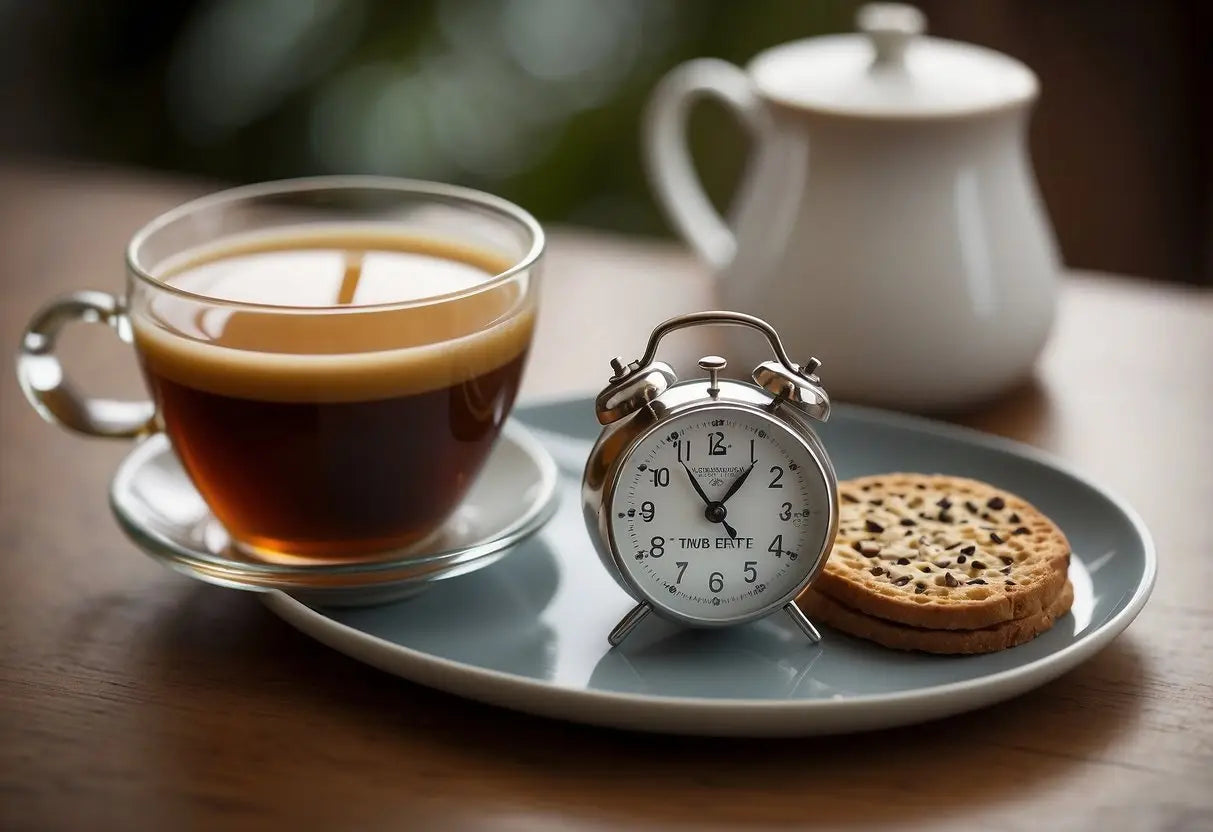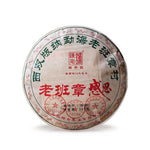How Long to Steep English Breakfast Tea
English Breakfast Tea is a popular blend known for its robust and full-bodied flavor. This tea is a blend of several black teas, which might include Assam, Ceylon, and Kenyan teas.
When brewing, you often find English Breakfast Tea to be strong and malty. It's typically enjoyed with milk and sugar, though you can drink it plain.
The origin of the tea blend dates back to the early 19th century. It was originally crafted to complement a traditional English breakfast.
Bestsellers
Key Characteristics:
- Flavor: Bold, robust, and malty
- Aroma: Rich and appealing
- Strength: Strong and full-bodied
Common Ingredients:
- Assam tea
- Ceylon tea
- Kenyan tea
Serving Suggestions:
- With milk and sugar
- Plain without any additives
- Paired with breakfast foods
English Breakfast Tea is versatile and widely appreciated. Its blend of black teas delivers a consistent and enjoyable experience, making it a staple in many households.
Steeping Basics for English Breakfast Tea

When making English Breakfast Tea, use fresh, cold water. Heat the water to a rolling boil, around 212°F (100°C).
Ideal steeping time:
Steep for 3 to 5 minutes. Adjust the time based on your taste preference.
Tea-to-water ratio:
Use 1 teaspoon of loose leaf tea or 1 teabag per 8-ounce cup.
Tools needed:
- Teapot or cup
- Strainer (for loose leaf tea)
- Timer
Steps:
- Preheat your teapot or cup with hot water.
- Add the tea.
- Pour boiling water over the tea.
- Steep for the desired time.
- Remove the tea and enjoy!
Optimal Water Temperature
For the perfect cup of English Breakfast tea, water temperature is key.
Ideal Temperature:
The best temperature to steep English Breakfast tea is 200°F to 212°F (93°C to 100°C).
Lao Ban Zhang
Using a thermometer is helpful for accuracy. If you don't have one, bring water to a boil and let it sit for a minute.
Why Temperature Matters:
The right temperature ensures that flavors are fully extracted without bitterness. Too hot can over-extract, too cool can under-extract.
Tips:
- Use fresh, filtered water.
- Avoid reheating previously boiled water.
- Pre-warm your teapot or cup by swirling hot water before adding boiling water.
Steep Time Guidelines

When preparing English Breakfast tea, steeping time is crucial. It ensures the flavor is just right without becoming too bitter or weak.
Standard Steep Time:
For a perfect cup, steep your English Breakfast tea for 3-5 minutes. This range balances the flavor, allowing the tea leaves to release their essence.
Stronger Flavor?
If you prefer a stronger taste, increase steep time slightly, up to 5-7 minutes. Be cautious, as over-steeping can lead to bitterness.
Weaker Taste?
For a milder cup, reduce the steep time to 2-3 minutes. This will produce a lighter, more delicate flavor.
Tips:
- Use fresh, boiling water for best results.
- Cover your teapot or cup while steeping.
- Stir lightly if needed, but avoid excessive agitation.
Steeping Time Table:
| Preference | Steep Time |
|---|---|
| Standard | 3-5 minutes |
| Strong | 5-7 minutes |
| Mild | 2-3 minutes |
Experiment within these guidelines to find your perfect brew.
Factors Influencing Steep Time
Several factors influence the optimal steep time for English Breakfast tea.
Tea Quality: High-quality loose leaf tea typically requires a longer steeping time than tea bags.
Water Temperature: Use freshly boiled water, around 100°C (212°F), to fully infuse the tea leaves.
Leaf Size: Larger tea leaves may need more time to release their flavors compared to finely chopped leaves.
Tea-to-Water Ratio: A higher tea-to-water ratio might necessitate a shorter steeping time to avoid bitterness.
Different Personal Preferences also play a crucial role. Some people prefer a stronger brew, while others like it milder.
Type of Vessel: The material and size of your teapot or cup can affect heat retention, which in turn impacts steeping time.
Agitation: Stirring or swirling the tea can accelerate the infusion process, potentially reducing steep time.
Each of these factors can adjust the time you should steep your English Breakfast tea for best results.
Effects of Steep Time on Flavor
Shorter steep times, around 2-3 minutes, often produce a milder flavor. The tea will have a subtle, delicate taste with less bitterness. It can be a good option if you prefer a lighter brew.
Steeping for 4-5 minutes results in a more robust flavor. This duration allows the full-bodied characteristics of English Breakfast tea to emerge. You will notice a stronger taste and more pronounced aroma.
Longer steep times, such as 6-7 minutes, lead to a very strong and sometimes bitter flavor. The tannins have more time to infuse, which intensifies the tea’s astringency. This might be suitable if you enjoy a very potent cup.
Flavor Profile by Steep Time
| Steep Time | Flavor Profile |
|---|---|
| 2-3 mins | Mild, delicate, less bitter |
| 4-5 mins | Robust, full-bodied, aromatic |
| 6-7 mins | Strong, bitter, very astringent |
Choosing the right steep time largely depends on your personal taste preferences.
You might prefer experimenting within the suggested range to find the flavor that suits you best.
Adjusting Steep Time for Tea Strength Preferences

Your personal preference plays a key role in determining your ideal steep time for English Breakfast Tea.
If you enjoy a stronger flavor, steep the tea for a longer period, typically between 4 to 5 minutes. This allows the tannins to release more, giving your tea a bolder taste.
For a milder flavor, reduce the steep time to around 2 to 3 minutes. This creates a lighter, smoother cup of tea.
Here's a simple table to guide you:
| Steep Time | Strength |
|---|---|
| 2-3 minutes | Mild |
| 4-5 minutes | Strong |
Experiment with your steep time to find the right balance for your taste. Steeping time isn't the only factor; your choice of tea leaves and water temperature also contribute to the final flavor.
Using the same tea leaves, adjust your steep time gradually to pinpoint your preferred strength. A strong cup pairs well with milk or sugar, while a mild cup is ideal for appreciating the tea's subtle flavors.
Tips:
- Use a timer to ensure consistent steeping.
- Taste the tea briefly at different intervals to see how the flavor changes.
- Adjust in 30-second increments for precise control.
Remember, there's no right or wrong steep time—just the perfect one for you.
Steeping Techniques for Different Brew Strengths
To achieve the desired strength of your English Breakfast tea, consider the following techniques:
For light brew, steep the tea for 2-3 minutes. Use 1 teaspoon of loose tea leaves or one tea bag per 8 ounces of water.
For a medium brew, extend the steeping time to 4-5 minutes. This will provide a balanced flavor and strength.
For a strong brew, steep for 6-7 minutes. This method brings out a richer, more robust taste. Be cautious not to overbrew, as it can result in bitterness.
Temperature also plays a crucial role. Use water just below boiling, around 90-95°C (194-203°F), to avoid burning the leaves.
Always remember to:
- Pre-warm your teapot or cup by rinsing with hot water.
- Cover the teapot or cup to retain heat during steeping.
- Stir briefly before removing the tea leaves or bag.
Enjoy experimenting with these techniques to find your perfect cup!
Proper Tea Storage for Freshness

To maintain the freshness of your English Breakfast tea, proper storage is essential. Store your tea in an airtight container to keep out moisture, light, and strong odors. Glass jars, metal tins, or vacuum-sealed bags work well.
Temperature also plays a vital role. Keep your tea in a cool, dark place. Avoid storing it near heat sources like ovens or direct sunlight.
Humidity can be a tea's worst enemy. Opt for a dry environment. Kitchens can be tricky due to fluctuating moisture levels, so find a dry, stable spot.
For loose leaf tea:
- Use opaque containers to block light.
- Label the containers with purchase dates.
For tea bags:
- Keep them in their original packaging, if it’s resealable.
- Alternatively, use zip-lock bags or small tins.
Tips for optimal freshness:
- Buy tea in smaller quantities that you can consume quickly.
- Avoid storing tea in the refrigerator or freezer.
Following these guidelines ensures that each cup of English Breakfast tea tastes as fresh as possible.
Health Considerations for Steeping Times
Different steeping times can affect the health benefits of your English Breakfast tea.
Shorter Steeping (1-2 minutes):
- Lower Caffeine: If you're sensitive to caffeine, shorter steeping times can reduce its content.
- Fewer Antioxidants: You might get fewer antioxidants with a shorter steep, which can impact the tea's health benefits.
Longer Steeping (3-5 minutes):
- More Antioxidants: Steeping longer can release more antioxidants, which are beneficial for health.
- Higher Caffeine: This can increase the caffeine content, leading to better alertness but not ideal for everyone.
Effects on Tannins:
- More Tannins: Longer steeping can increase the number of tannins, which might make the tea bitter.
- Digestive Health: High tannin content can aid digestion but might cause discomfort for some.
Nutrient Extraction:
- Vitamins and Minerals: Longer steeping times can help extract more vitamins (like Vitamin C) and minerals.
Adjusting steeping times allows you to control what health benefits you get from your tea.
Common Steeping Mistakes to Avoid
Steeping tea might seem straightforward, but there are several pitfalls to be aware of. Here are some common mistakes to avoid:
Using Boiling Water
For English breakfast tea, boiling water can scald the leaves. Use water just off the boil, around 95°C (200°F).
Wrong Steeping Time
Steeping for too long makes the tea bitter. Aim for 3-5 minutes. Less than 3 minutes, and your tea may be too weak.
Incorrect Amount of Tea Leaves
Too many or too few leaves disrupts the balance. Use 1 teaspoon (2 grams) per cup (8 ounces).
Not Using Fresh Water
Reboiled water loses oxygen, affecting flavor. Always start with fresh, cold water for the best taste.
Skipping Preheating the Teapot
A cold teapot cools the water too quickly. Rinse your teapot with hot water before adding the tea.
These simple adjustments can significantly improve your tea's flavor. Avoid these mistakes for a better brewing experience.
← Older post Newer post →











